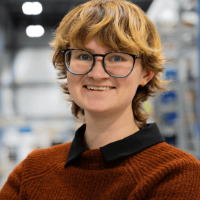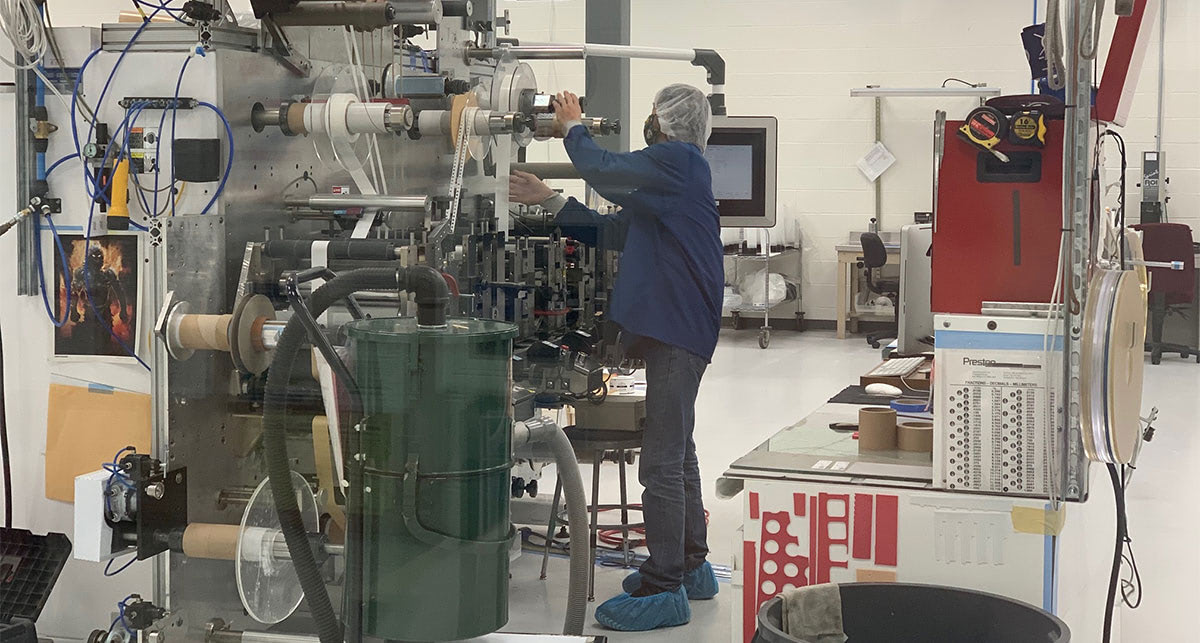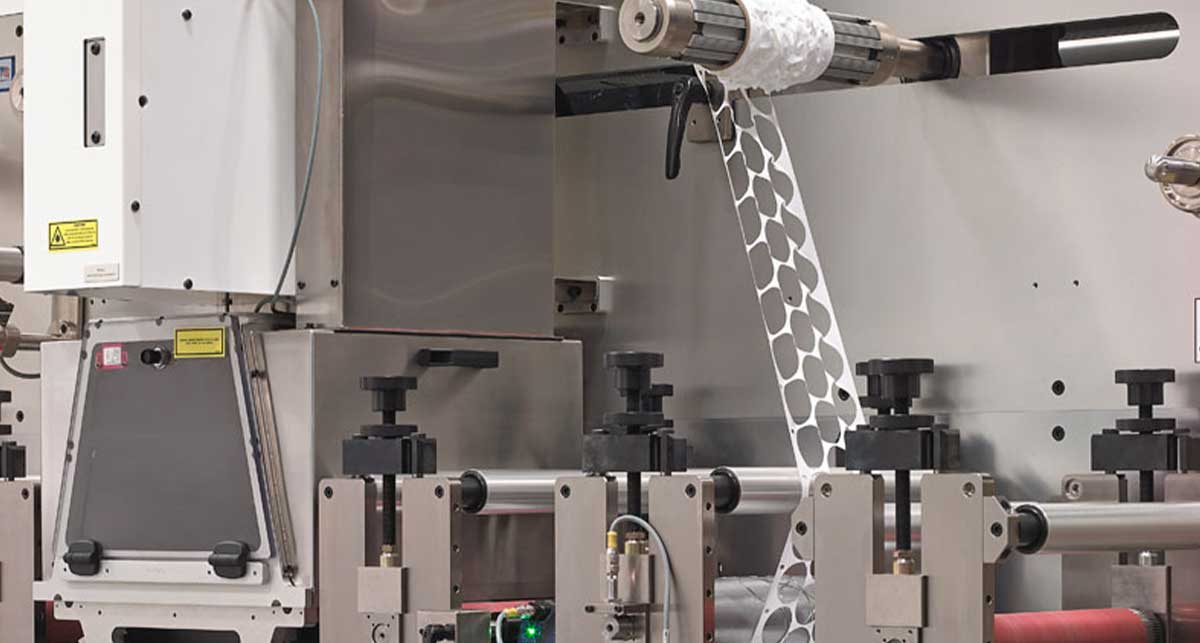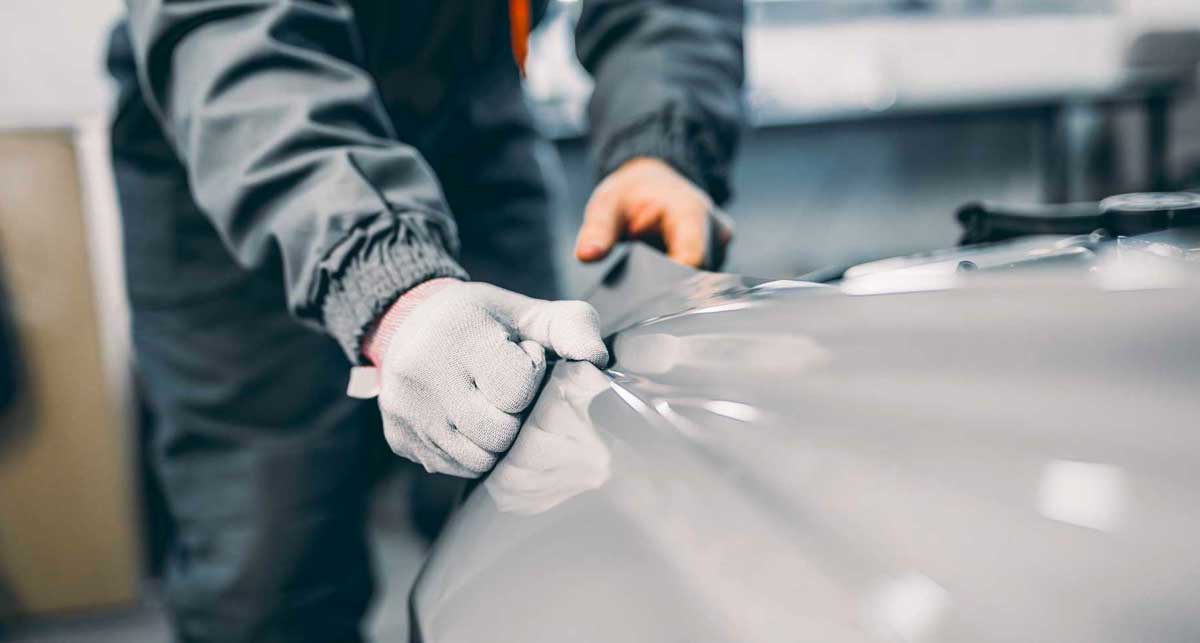Microfluidics manufacturing isn’t a service you can buy for cheap at your withering local mall.
In fact, given the price of materials, quality requirements, and custom machine tooling, microfluidics manufacturing may even fall outside the budget of many inventors who lack funding. Luckily, there are ways to reduce the cost of building a microfluidic part without sacrificing quality or safety.
As an established converter operating for over 39 years, Strouse has helped produce complex microfluidic products at an affordable price using our sophisticated design and manufacturing methods.
If you’re looking to build microfluidics products, this guide will instruct you on our methods for lowering production costs.
Factors that Drive Up the Cost of Microfluidic Parts
- Tight design tolerances
- Multi-layered constructions
- Using costly, market-specific materials
- Designs not conducive to manufacturing
How To Optimize Microfluidics Manufacturing for Cost
Although you may not realize it, there are multiple upfront factors within your control that can help create a cost-effective manufacturing process.
1. DEFINE FUNCTIONAL & MANUFACTURABLE TOLERANCES
Microfluidic devices often contain multiple layers and tightly cut channels that must remain aligned. However, unnecessarily tight tolerances will significantly increase the final cost of your product.
a. ESTABLISH FEATURE TO FEATURE TOLERANCES
In microfluidic parts, design features might refer to channels, pinholes, divots, or other noteworthy aspects. They could also refer to features of a connecting component, such as a pin inserted through multiple holes of a stack-up.
Before a design enters production, a converter must evaluate feature-to-feature tolerances for manufacturing feasibility.
For instance, in the picture above, the 6 holes on either side of the 3-layered part need to remain aligned, while the middle layer requires a separate cut-out.
Trying to chop the middle after a lamination would be like trying to slice the peanut butter of a PB&J sandwich without cutting the bread. Therefore, a converter would cut the middle feature before adding the sandwiching layers and punching the holes on either side. The tolerances for said holes would need to reflect the acceptable variation that would guarantee they remain aligned with one another and with any other feature dependent on their function (such as pins).
Over-tolerancing design features could result in impossible or devastatingly expensive parts, while under-tolerancing could ruin the device’s functionality. When labeling tolerances, consider how layer stack-up affects design elements and be sure to specify your functional tolerances (a.k.a., those necessary for the microfluidics applications to function).
b. UNDERSTAND THAT TIGHT TOLERANCES = LASER OR HIGHER TOOLING COST
If your design feature (such as microfluidic channel width) is less than 1.5mm in size, then you’ll be confined to laser cutting or expensive male-female tooling.
Lasers can cut extremely tight tolerances with fine precision, but there are admittedly downsides to using them. When you laser cut a material, the ablated material turns into soot. This could affect the appearance or cleanliness of your part.
In addition, as a microfluidic product developer, you may need to pay close attention to the laser cut edge condition to ensure that your fluid flow is still functional.
- Higher Tooling Cost
Tighter tolerances are more challenging to cut and require highly precise tooling, which will increase your initial price significantly.
To achieve very tight tolerances (<1.5mm) for your project, converters must use expensive production tools. However, this kind of tooling can also make it impossible to use more complex laminations, which is why converters often instead opt for laser cutting or suggest ways to loosen the existing design tolerances.
If you’re stuck with extremely tight tolerances or very small features, you may have to give up or redesign your product. Worse, you might partner with a converter who takes high risks by over-committing to projects and struggles to meet your quality needs.
Working with trusted engineers to consolidate the layers of your microfluidic device and loosen unnecessarily tight tolerances will help create an easier-to-manufacture, cost-efficient design.
2. SELECT MATERIAL WISELY
Finding cost-effective materials can significantly lower the price of your final order, which is often up to 70% comprised of the material cost.
TRY MATERIAL ALTERNATIVES
While part testing and product validation may require a larger initial investment, staying open to material alternatives is a huge cost-benefit for your microfluidic project.
Specialized materials are harder to find alternatives for and are priced accordingly. Non-market-specific products are often cheaper and may function similarly in your desired part. Doing your own testing may involve risks, but material selection is a massive component of your price efficiency.
3. START THE PROCESS EARLY
You might be tempted to wait until your design is set in stone before contacting a manufacturer, but if you wait too long, you risk building an infeasible or expensive part that needs to be re-designed.
With a converter’s expertise and guidance, you can optimize your design for a smoother and cheaper manufacturing process. Consult with a converter before you lock in your design. You don’t want to get too far down the road and find yourself backed into a corner.
Building a Cost-Effective Microfluidics Solution
It’s understandable to shop around when you’re first hunting for the best manufacturer. Yet, it’s important to recognize that not every microfluidics manufacturer will provide engineering support early on to guarantee that your part can be processed in the most cost-efficient manner.
Strouse’s team will coordinate with you early on to discuss your drawing’s technical specifications and create a custom production process using our manufacturing expertise.
Don’t entrust your custom design to just any microfluidics device manufacturer; instead, contact an experienced converter to simplify your part complexity and achieve a cost-savvy solution.
If you have any more questions about the cost of custom die cut designs, reach out or refer to our Pricing Page.







